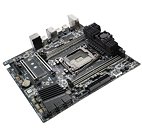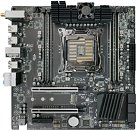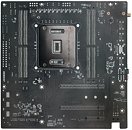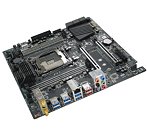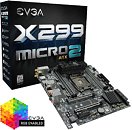
NVIDIA GeForce RTX 4080 SUPER FE Sports Fewer Power Phases Than Non-SUPER Model
A video review has highlighted some curious internal changes on the NVIDIA GeForce RTX 4080 SUPER Founders Edition graphics card—Geekerwan has discovered that the board design has been "updated" to a small degree, when cross examined with the non-SUPER variant. Team Green engineers have chosen to decrease the number of phases from 13 to 11, while the memory phase count goes from 3 down to 2. HXL (@9550pro) TLDR-ed the situation on social media: "4080 Super FE vs 4080 FE: Core: -2 phase & VRAM: -1 phase." Tech experts have also noticed that the new SUPER FE's board does not have a phase near to its power connector. VideoCardz found these changes to be a little bit odd, considering that the card arrives with faster memory and a increased core count.
Geekerwan reckons that NVIDIA has implemented these internal adjustments in an effort to reduce power consumption in gaming scenarios. The official comparison table confirms this ambition—in the "Average Gaming Power" category we see the GeForce RTX 4080 SUPER target 246 W, and GeForce RTX 4080 (non-SUPER) aim for 251 W. The reviewer notes that their ASUS ROG STRIX RTX 4080 SUPER GAMING sample card features the same power layout as its non-SUPER sibling. They believe that NVIDIA's Founders Edition is the only model bearing an adjusted phase tally—while Team Green's board partners have simply rolled out the previous RTX 4080 layout.
Geekerwan reckons that NVIDIA has implemented these internal adjustments in an effort to reduce power consumption in gaming scenarios. The official comparison table confirms this ambition—in the "Average Gaming Power" category we see the GeForce RTX 4080 SUPER target 246 W, and GeForce RTX 4080 (non-SUPER) aim for 251 W. The reviewer notes that their ASUS ROG STRIX RTX 4080 SUPER GAMING sample card features the same power layout as its non-SUPER sibling. They believe that NVIDIA's Founders Edition is the only model bearing an adjusted phase tally—while Team Green's board partners have simply rolled out the previous RTX 4080 layout.










